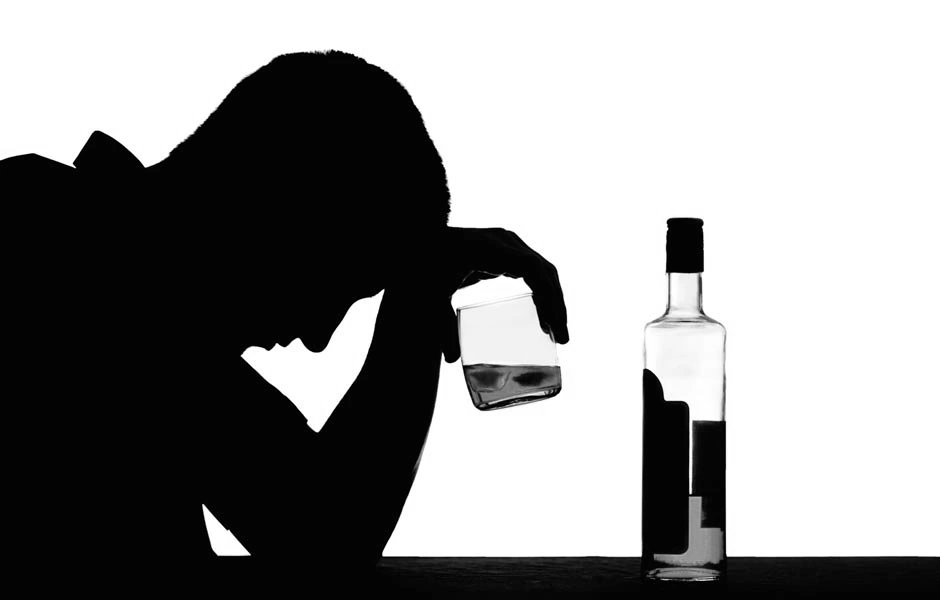The issue of alcohol consumption in our country has been on the rise. This situation has caused concern in society and among people who have family members with this problem. The development of this disease is multifactorial; we cannot pigeonhole the triggering factors of substance use disorder into just a few characteristics. What we can do is be mindful of the risk factors in our environment.
These risk factors can vary depending on each person. We can define risk factors as triggers for consumption, which can be very varied, and the same factor can affect each individual differently. These factors can trigger a desire to have contact with alcohol. If a person does not have the appropriate tools, it will be very easy for problems with impulse control to develop.
Types of treatment for alcoholism in Mexico
Due to the severity of this problem and the complexity of addressing it, different types of treatments have been developed to address excessive alcohol consumption. These treatments can lead the patient from abstinence (which is simply stopping consumption) to sobriety (addressing consumption triggers at both the physiological and psychological levels), which is the ideal sought for individuals in recovery processes in treatment centers.
To achieve better results in treatment, a multidisciplinary approach is recommended. This means addressing all the risk factors that influence the person with the consumption problem. The multidisciplinary team must have the appropriate training to work with dual pathologies. The major challenge for all treatment centers is the complexity of substance use disorder (alcohol or drug consumption) and psychiatric disorders (depression, anxiety, etc.). We cannot take lightly the choice of treatment and the staff in charge.
Multidisciplinary care
We must understand that a multidisciplinary approach leads us to take different treatment measures, such as pharmacological ones, where a psychiatrist supports the patient to reduce the physical discomfort that occurs when people stop consuming. In the addiction field, this is known as craving. Proper medication can be beneficial for the patient to anchor themselves adequately to the treatment. Currently, there is innovation in this area, such as naltrexone pellets, which help reduce craving in patients who have undergone primary treatment for alcoholism in Mexico and reduce the likelihood of relapse.
After the patient is stabilized or concurrently with this process, psychological treatment begins. We cannot pretend that the treatment of alcoholism in a person is based solely on medical aspects. We must address the psychological problems that have triggered alcohol consumption. This psychological process helps the person understand which stages of their life may have been crucial in having contact with alcohol and how inadequate handling of situations at that time was decisive in developing a substance use disorder. Through appropriate intervention strategies, such as cognitive-behavioral approaches, thought processes can be modified to support the person’s recovery and foster protective factors.
These protective factors are very important; we can understand them as circumstances, characteristics, conditions, and attributes that facilitate the achievement of initial abstinence and sobriety as the process progresses. Any treatment center must work on the person’s strengths and bolster areas of opportunity with protective factors.
This allows us to address risk behaviors. Even though a person may be in a treatment center, they can still exhibit risk behaviors that will hinder the purpose of the stay. The staff in charge of the treatment center must know how to manage these risk behaviors, which can prolong the process or prevent the achievement of objectives.
Secondary treatment care
Sometimes a primary treatment is not sufficient for a person in recovery. This is why secondary or long-term treatments have been developed. These treatment centers are oriented toward reintegrating the patient with alcoholism problems into their family, work, and social life in a less impactful way. These treatment processes are carried out in phases. As the person progresses through the phases, they are given more freedoms based on the behavioral changes they present. During the process, the patient is asked to take on responsibilities directed at self-care. As it becomes evident that the patient is consistent in behavioral changes and increasingly needs less support from a monitor to fulfill their responsibilities, it is determined that the patient can progress to the next phase or even be discharged from the treatment for alcoholism in Mexico.
If we continue discussing the process of a person with alcohol consumption problems, including primary treatment and long-term treatment, the next step would be maintaining contact with the person after they leave the treatment center through follow-up calls or sessions. The most important thing is to stay in touch with the person when they return to their family, social, and work environments since this is where they face their consumption triggers and apply the tools learned during their recovery process. These follow-up calls by a continuous care team can reduce the likelihood of relapse and help identify red flags in daily life.
As part of all recovery processes, an adequate and important tool is self-help groups. Alcoholics Anonymous groups help individuals feel identified with their illness throughout the process. The purpose of these groups is to provide listening and a safe place. By hearing the experiences and stories of group members, the person can feel identified and confident to open up about their own alcohol consumption problems. They hold sessions where mutual help group therapies are conducted. Attendance at these sessions is voluntary, and their services are free. The only thing they ask of participants is to express their desire to stop drinking. Through the twelve steps and twelve traditions, these groups provide support for individuals to reach a state of sobriety.
Get the support you need with Oceánica
As you can see, treatments to address alcohol consumption problems are varied, and the treatment duration differs. The important thing is that the treatment for alcoholism in Mexico is tailored to the needs of the person with alcohol consumption problems and that the professionals or staff are appropriately trained and experienced to provide the support.
REFERENCES
Espinoza, A. (2024, February 2). How is alcoholism treated? ABC Medical Center. https://centromedicoabc.com/revista-digital/como-se-trata-el-alcoholismo
Alcohol Use Disorder – Symptoms and Causes – May Clinic.(2022, May 18). https://www.mayoclinic.org/es/diseases-conditions/alcohol-use-disorder/symptoms-causes/syc-20369243





